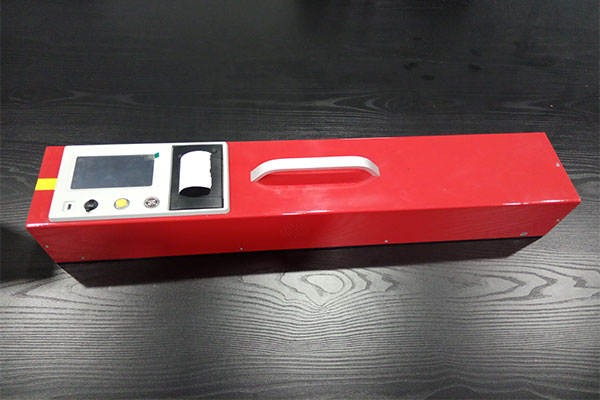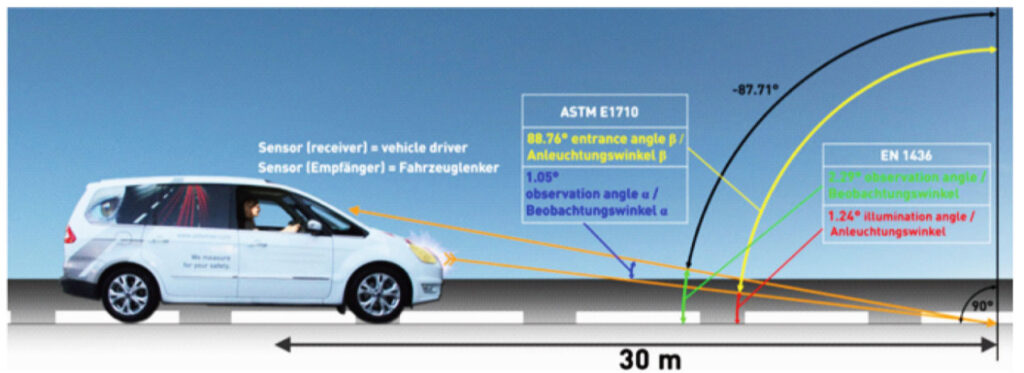What is a Retroreflectometer for Road Markings?
Road safety is of paramount importance, and road markings play a critical role in ensuring that our roadways are safe for both drivers and pedestrians. To maintain the effectiveness of road markings, it is essential to regularly measure and assess their retroreflectivity. This is where a retroreflectometer for road markings comes into play. In this article, we will delve into what a retroreflectometer for road markings is, how it works, and why it is crucial for road safety.

What is Retroreflectivity?
Before diving into the details of retroreflectometers, it’s essential to understand the concept of retroreflectivity. Retroreflectivity refers to the ability of road markings to reflect light back towards its source, such as vehicle headlights. This property is crucial for ensuring that road markings remain visible, especially during adverse weather conditions, at night, or in low-light situations.
The Role of Retroreflectometers
A retroreflectometer is a specialized device designed to measure the retroreflectivity of road markings accurately. It provides a quantitative measure of how well road markings reflect light, allowing transportation agencies and road maintenance crews to assess their condition and determine when re-striping or maintenance is required.
How Retroreflectometers Work

Retroreflectometers work on a simple principle: they measure the amount of light that bounces back towards the light source, usually a headlamp simulating vehicle headlights. The process involves the following steps:
- Light Source: The retroreflectometer emits a controlled and standardized light beam towards the road marking being tested.
- Measurement Angle: The device is set at a specific measurement angle, which is typically 0.2 degrees for white markings and 1.0 degree for yellow markings, to mimic the angle at which a driver’s eyes perceive the reflection.
- Detector: A detector within the retroreflectometer measures the amount of light that returns from the road marking at the specified angle.
- Retroreflectivity Value: The device calculates the retroreflectivity value based on the amount of light that is reflected. This value is typically expressed in units known as millicandelas per square meter per lux (mcd/m2·lx).
Importance of Retroreflectometry
- Safety Enhancement: Maintaining proper retroreflectivity ensures that road markings are visible to drivers, which is crucial for safe navigation. Well-maintained road markings help reduce accidents, particularly during nighttime and adverse weather conditions.
- Legal Compliance: Many countries and regions have established regulations and standards regarding the retroreflectivity of road markings. Regular retroreflectometer testing helps transportation authorities comply with these requirements.
- Cost-Effective Maintenance: Retroreflectometer data allows road maintenance crews to prioritize areas that need re-striping or repair, optimizing resource allocation and reducing maintenance costs in the long run.
- Data-Driven Decision Making: Transportation agencies can make informed decisions about when and where to perform maintenance or upgrade road markings based on retroreflectometer measurements and historical data.
Conclusion
A retroreflectometer for road markings is a specialized tool used to measure the retroreflectivity of road markings accurately. This measurement is vital for maintaining road safety, ensuring legal compliance, and making cost-effective maintenance decisions. By regularly using retroreflectometers to assess road markings, transportation agencies and road maintenance crews can contribute to safer and more efficient roadways for all users.

